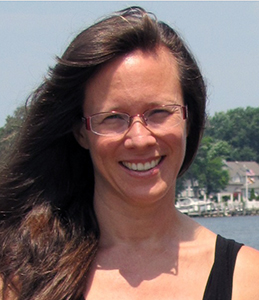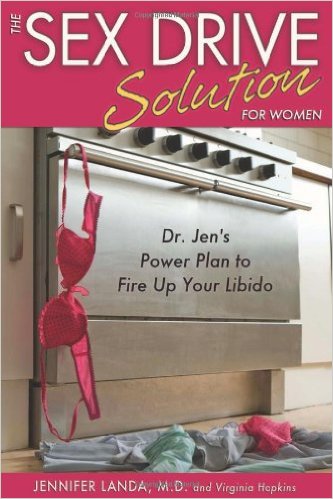
Janelle M. Love, MD, MS, FAARFM
A4M valued member Janelle M. Love, MD, MS, FAARFM, shares great insight from her professional experience in this Physician of the Month feature.
Dr. Love is a board certified physician in Anti-Aging and Regenerative Medicine who practices with a functional medicine approach. After her son was diagnosed with autism, she investigated the potential therapies for autistic children and now treats children on the autistic spectrum. Therapies include addressing the inflammation, infections, food intolerances, oxidative stress, and environmental triggers these children face.
In her quest to heal children, she learned that many of the therapies for the kids with autism helped other many other conditions, as well for adults and non-autistic children. She then expanded her knowledge base by attending numerous conferences over the years. Her training has led her to treating individuals for natural hormone replacement, severe neurological conditions such as ALS, MS, Alzheimer’s, and Parkinson’s disease, chronic fatigue syndrome, fibromyalgia, ADHD, allergies, depression, anxiety, OCD, environmental toxicities, and many more/
Q: Before joining A4M, what was your medical background?
I was trained and practicing as a board certified family physician with my own solo practice before I started to learn about functional/anti-aging medicine. Other responsibilities included working at a local nursing home, working at an urgent care center, performing house calls, and functioning as a director of a women’s wellness center.
Q: What anti-aging techniques have you incorporated into your practice? And how did you so?
As I learned to “think outside the box,” I started incorporating genetic, toxin, hormonal, intestinal, nutritional, and immune system investigation in my practice. My practice of functional/anti-aging medicine encompasses improving the function of all body systems by determining what is lacking or what is in over abundance. Hyperbaric oxygen therapy, intravenous nutrition, and neurofeedback supportive therapies are also areas I have received training in and incorporate into my practice.
Q: What are the benefits of practicing anti-aging medicine (as a professional, and for your practice)?
Many of the patients I see for the first time have already been to numerous doctors and have little hope until they become a part of my practice. I became a physician to help people heal. Now I am. Every day I have a new challenge and become a medical detective, which leads to significant positive health changes for my patients. I love my job.
Q: What are the changes you see in your patients?
Sometimes there are dramatic changes in patients. Depression and anxiety resolve by treating hormone imbalances. Fatigue improves and resolves after treating underlying causes. Chronic abdominal pain resolves. Chronic rashes disappear. Autistic children begin to speak and have eye contact. Dementia starts to reverse. Patients have hope again.
Q: Why would you recommend Anti-Aging Medicine to your peers?
As a health care provider you can actually heal your patients and not just continuously refill their medication every 6 months. You can do what most of us went to medical school for—to help people and make a difference. It is a very rewarding profession.
Q: Where do you see the future of Anti-Aging medicine 20 years from now?
In 20 years I hope health care has followed this track and becomes more proactive and preventative to help people lead healthier, fuller lives. This type of practice is on the cutting edge and should be standard of care in years to come.
Open to all A4M Members: If you would like to be featured as A4M’s Physician of Month, please write us at [email protected].


